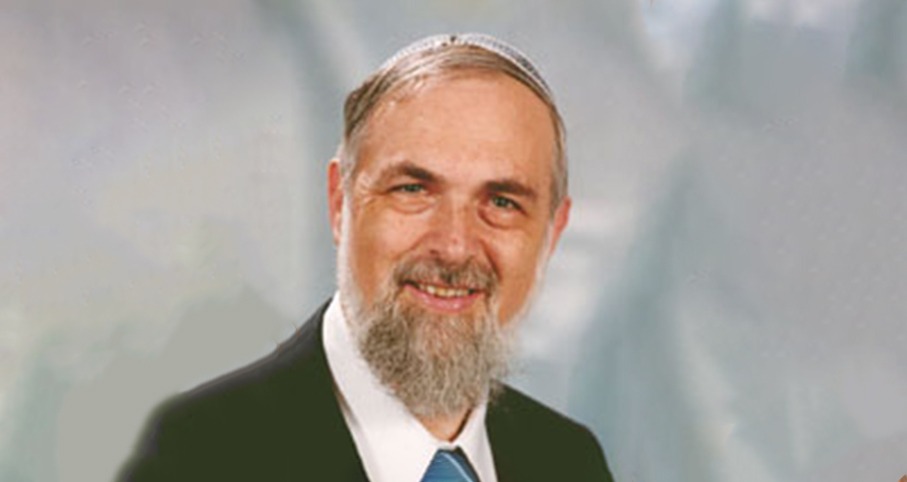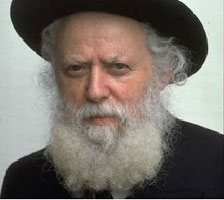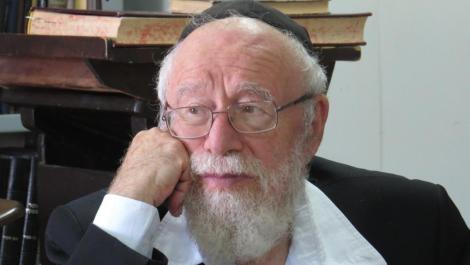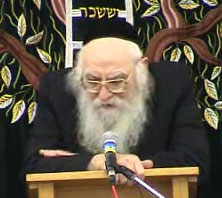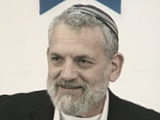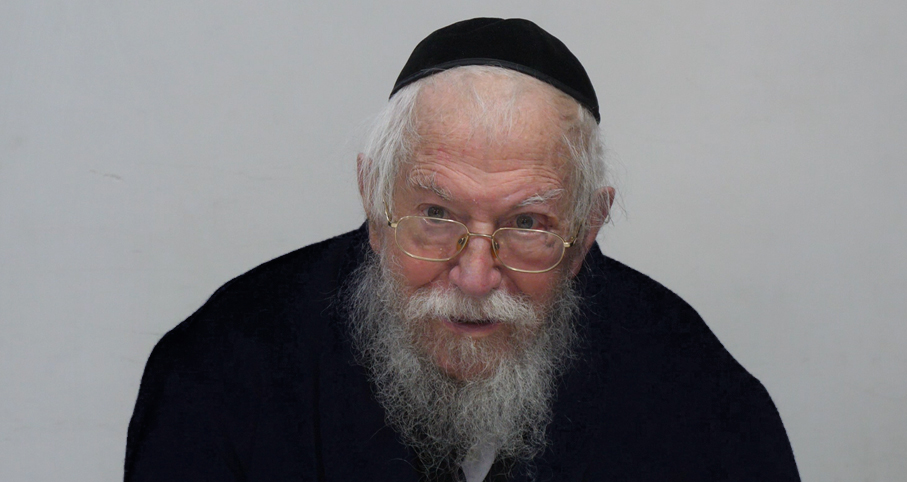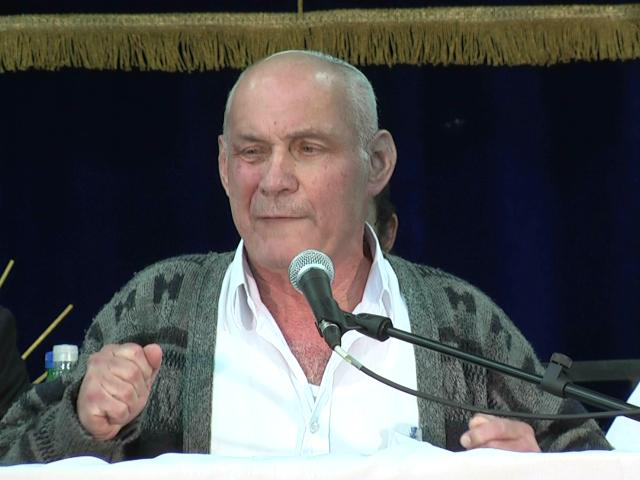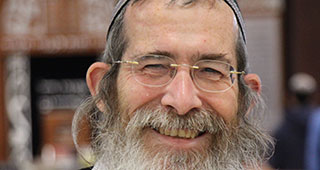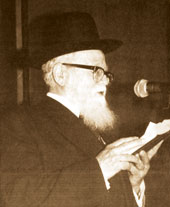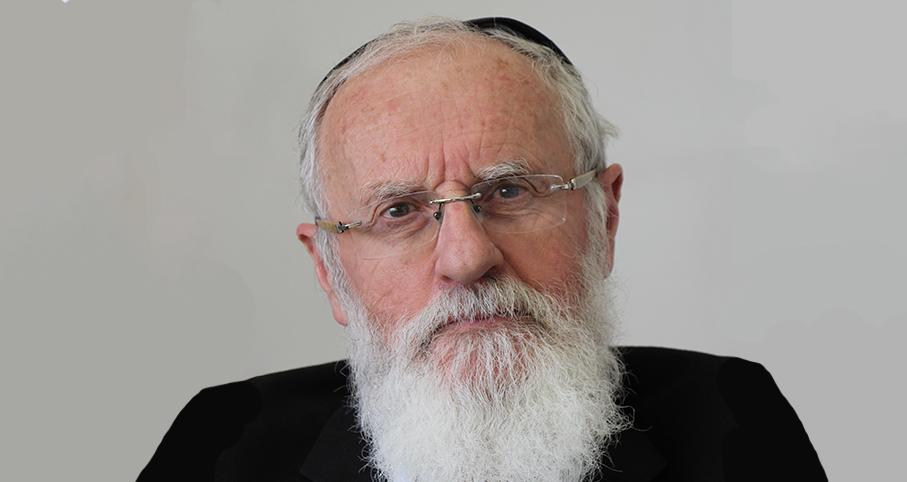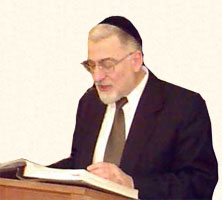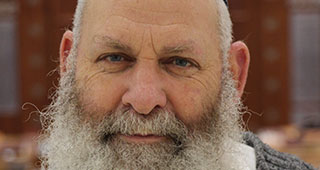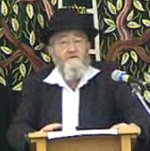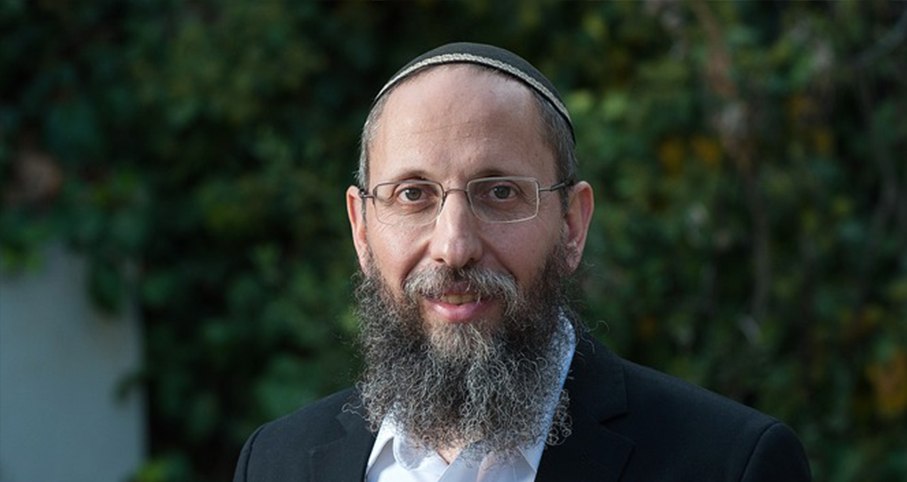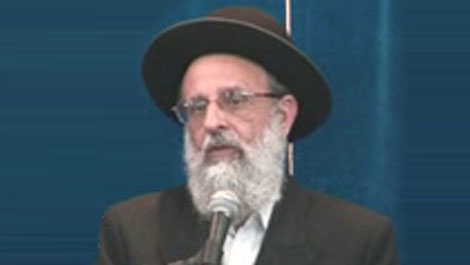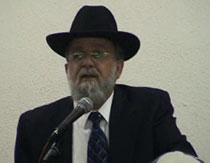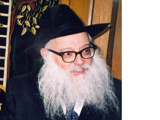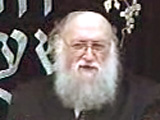Beit Midrash
- Library-Sifria
- Pninei Halacha
- Prayer
1.The Amidah Is the Essence of Prayer
The Amidah prayer is the pinnacle of the prayer service, and all the other preceding sections are, to a great extent, preparations towards it. The person praying rises from level to level, from Korbanot to Pesukei d’Zimrah and from Pesukei d’Zimrah to Birkot Keriat Shema, until he can enter the supreme gate of the world of eminence and stand before Hashem in prayer. This is not to minimize the importance of Keriat Shema, which is a biblical commandment that we are obligated to recite without any connection to the Amidah. Nevertheless, the Chachamim instituted reciting Keriat Shema with its berachot before the Amidah to serve as preparation for it. Through the acceptance of faith in Keriat Shema and its berachot, and by reciting Birkat Ga’al Yisrael, it is possible to rise to the level of prayer in the most complete manner.
Since the Amidah is the pinnacle of the prayer service, the laws regarding it are stricter than those of other prayers. For example, one must recite the Amidah while wearing respectable clothing, for during the Amidah we are standing before the King. This is not the case regarding Keriat Shema and its berachot. Reciting them, we accept upon ourselves the yoke of Heaven, and we praise Hashem, yet we are not on the level of standing before Him (Shulchan Aruch, Orach Chaim 74:6; 91:1).
Many halachot that we have learned concerning the proper place for prayer were stated primarily about the Amidah. These include: not to pray on an elevated place or in an open area; the requirement that there be windows in the place of prayer; that it is a mitzvah to pray in a minyan in a synagogue; that a person must establish a set place to pray; that there must not be anything separating him from the wall; and that one may not pray alongside his rabbi, nor behind him (as explained earlier in this book, chapter 3). Yet, because the Amidah is part of the prayer service as a whole, we try to observe all these halachot throughout the entire service. However, in a situation in which one cannot recite Pesukei d’Zimrah and Birkot Keriat Shema in accordance with these conditions, he must at least make an effort to pray the Amidah in this fashion.
2.Three Steps Forward Before the Amidah
It is customary to take three steps forward prior to praying the Amidah, in order to express one’s desire to come closer to Hashem and to stand before Him (Rama 95:1). A person who is already standing in his place of prayer does not need to take three steps back in order to return and step towards prayer. The fact that he came to synagogue demonstrates that he already brought himself closer to prayer and took more than three steps towards it (Eliyah Rabbah). Some say that it is proper even for a person who already walked to his place of prayer to step backwards just before the Amidah and then to take three steps forward again towards his place of prayer (Ben Ish Chai, B’shalach 3; Kaf HaChaim 95:7). Between the steps backwards and the steps forward, it is best to pause slightly, so as not to look like someone who is coming and going. Therefore, when he arrives at "Tehillot L’Kel Elyon," he takes three steps back, and towards the conclusion of Birkat Ga’al Yisrael he takes three steps forward. Similarly, in Minchah and Ma’ariv, already in the beginning of Kaddish before reciting the Amidah, one takes three steps back and then takes three steps forward to begin the Amidah (Minhag Maharil; Mishnah Berurah 95:3).
So as not to interrupt between redemption and prayer, it is proper for the person praying to be strict in taking the three steps before the conclusion of Birkat Ga’al Yisrael, so that immediately after the end of the berachah, he will already be standing in his place of prayer and he will begin to say "Hashem sefatai tiftach," the verse which opens the Amidah. 1
Prior to reciting the Amidah, a person must remove things that might disturb his concentration. One who suffers from a cold should blow his nose before beginning to pray, so that he will not need to do so in the middle of his prayer. Similarly, one who has any bothersome phlegm in his throat should remove it, so that it will not disturb his prayer (Shulchan Aruch 92:3; and see earlier in this book, chapter 6). If it is necessary to wipe one’s nose while saying the Amidah, one must do so in the most polite way possible. Similarly, whoever must yawn while reciting the Amidah must cover his mouth with his hand. The reason for these laws is that a person standing in prayer must be very cautious of the respect of Heaven (kevod Shamayim), and everything that is considered impolite to do before human beings is prohibited to do while praying (see Shulchan Aruch 97:1-2).
3.Facing Jerusalem
During most parts of the prayer service, a person may face in any direction he desires. However, when he arrives at the climax of the prayer service and gets up in the Amidah to stand before the King of the world, he must turn to face Jerusalem, the place that Hashem chose to endow His Shechinah to the world.
One who stands in prayer outside of Israel must face the Land of Israel, and his heart should be directed towards Jerusalem, the home of the Beit HaMikdash (Temple), and Kodesh HaKodashim (the Holy of Holies). If one stands in Israel, he must face Jerusalem, and his heart should be directed towards Beit HaMikdash and Kodesh HaKodashim. If he stands in Jerusalem, he faces the direction where the Beit HaMikdash stood, and directs his heart to Kodesh HaKodashim (Berachot 30a; Shulchan Aruch 94:1).
Therefore, those reciting the Amidah in the plaza in front of the Kotel must turn and face the direction of the exact place of the Beit HaMikdash. In other words, those standing in the open square must turn slightly to the left, and even those standing in the men’s section in the closed area next to the wall should do the same.
It is customary to position the aron kodesh on the side of the synagogue that faces Jerusalem, so that those standing in prayer also pray towards the direction of the aron kodesh. However, the primary objective is to pray in the direction of Jerusalem. Therefore, if due to error, or because of circumstances beyond our control, the aron kodesh does not exactly face Jerusalem, the people praying should turn to face the direction of Jerusalem (Mishnah Berurah 94:9). Nevertheless, if the entire congregation mistakenly faces the aron kodesh, it is best not to separate oneself from the congregation; instead, one should stand in the same direction that the congregation faces, but turn his head towards Jerusalem (Mishnah Berurah 94:10).
One who does not know the direction of Jerusalem may pray to whichever direction he desires while directing his heart towards his Father in Heaven (Shulchan Aruch 94:3). Even if he subsequently discovers that he was mistaken, it is not necessary to repeat his prayer while facing Jerusalem. 2
^ 1.The chazan also opens the repetition of the Amidah with this verse. According to the Sephardic custom, it is said aloud, but according to the custom of the Ashkenazim, it is recited silently (Mishnah Berurah 111:10; Kaf HaChaim 10).
In Minchah and Musaf, Ashkenazim are accustomed to reciting "Ki Shem Hashem ekra…" before "Hashem sefatai." If someone forgot and started "Hashem sefatai," he does not go back and say "Ki Shem Hashem ekra," since by reciting the verse "Hashem sefatai tiftach" he already began the Amidah. So writes Ishei Yisrael 23 note 62. The Bei’ur Halachah 111:2 s.v. "Chozer" writes that if he prayed without the verse "Hashem sefatai tiftach," he still fulfilled his obligation, since it does not detract from the essence of the Amidah. (The Igrot Moshe, Orach Chaim, part 5, 24:8 maintains that he must go back and start again.) Yalkut Yosef p. 278 brings support for the Bei’ur Halachah from the words of the Eshkol and the Ohel Mo’ed. And that is the halachah.
^ 2.The Mishnah Berurah 94:10 discusses the case of a person who mistakenly starts praying in the wrong direction. If he is in the synagogue and is embarrassed in front of the congregation, he can move and turn to face Jerusalem. However, if he is not embarrassed, he should remain in his place, for it is more important not to move during the Amidah prayer. The Ben Ish Chai, Yitro 1, writes that if he is in the synagogue, he must always turn to face Jerusalem. However, if he is praying alone in his house, he should continue praying as he started. See Kaf HaChaim 7, who writes that if he mistakenly started praying towards the west and his back is to Jerusalem, even if he is praying alone, he must turn himself to the direction of Jerusalem.




